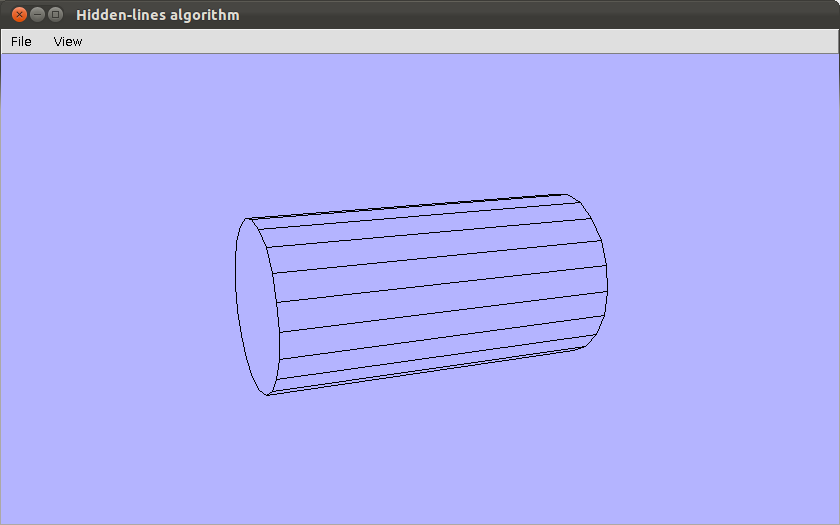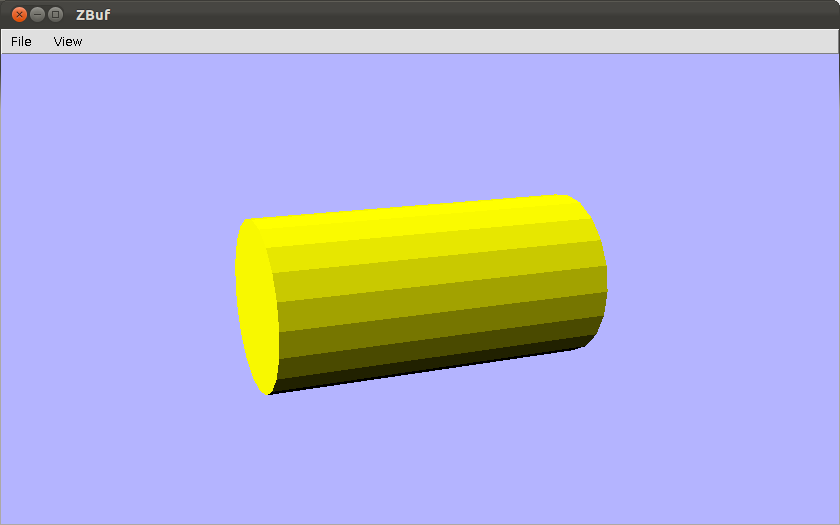Besides my course in evolutionary computing, which I learned a lot from, last semester I took a class in computer graphics. In this class, I learned about different aspects of computer graphics, including modeling and rendering objects to a screen.
I definitely appreciated how computer graphics class built upon knowledge that I had already gained in previous subject areas:
- Geometry
- Linear algebra
- Java programming
Modeling 3D objects
We modeled 3D objects as collections of points in a 3D space. Each object has a number of faces, where a face is a collection of points (a polygon) that make up a face of that object. Each face must be flat. So, for example, a cylinder would be made up of a finite number of long thin faces.
Rendering 3D objects
A simple rendering is to draw a line around the edges of each face in the object. This would be called wire-frame rendering. A slightly more complex rendering is to ensure that lines are hidden if a face falls in front of that line. This is called hidden-line elimination. A cylinder is displayed here as rendered with hidden line elimination:
A more realistic rendering gives a color to each face and fills it in. The face’s color can be shaded according to the direction the face makes with a light source. One simple method of rendering these shaded faces is called z-buffering. Here’s a screenshot of a z-buffer rendering of the same cylinder:



Comments are closed.